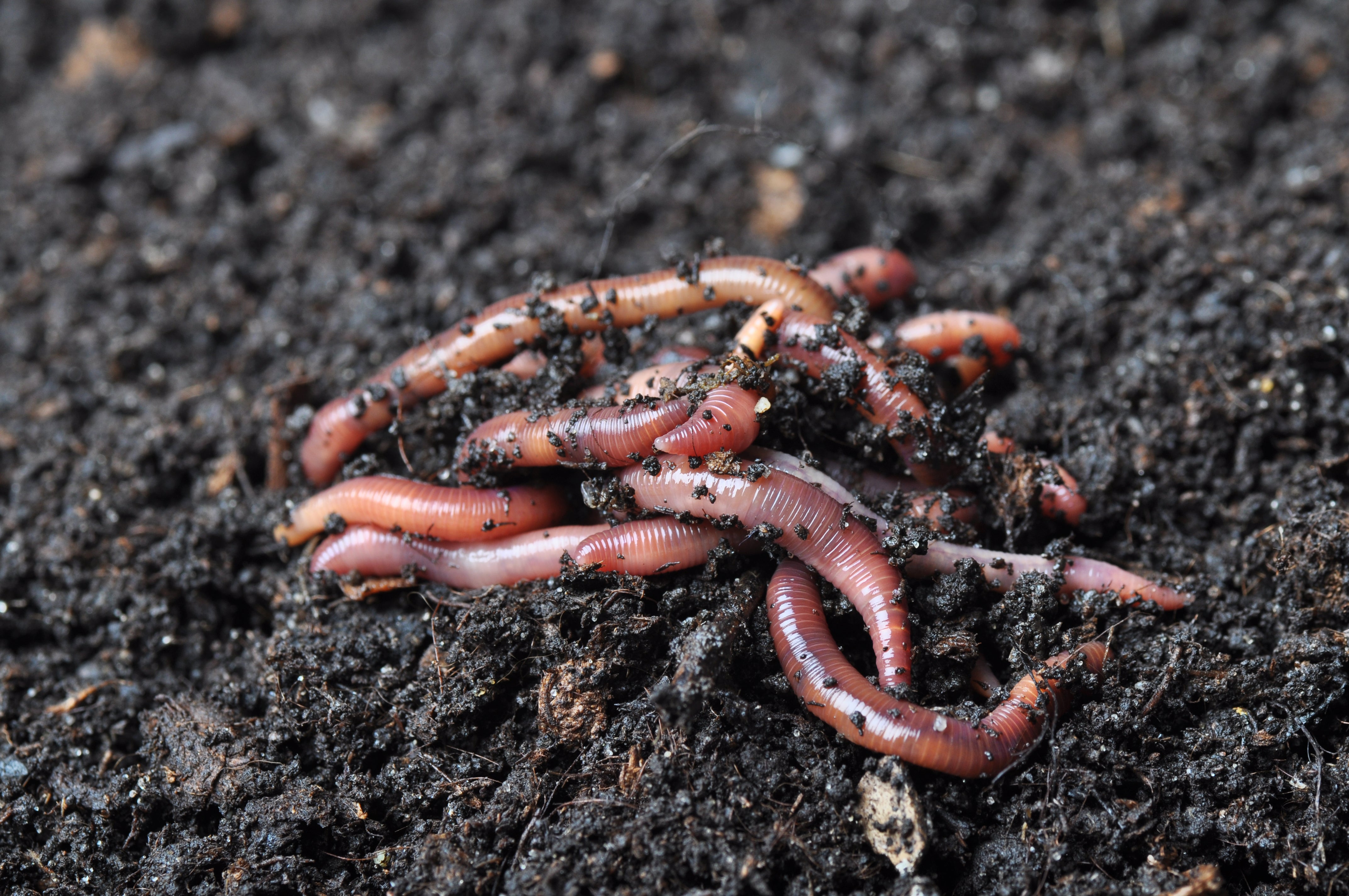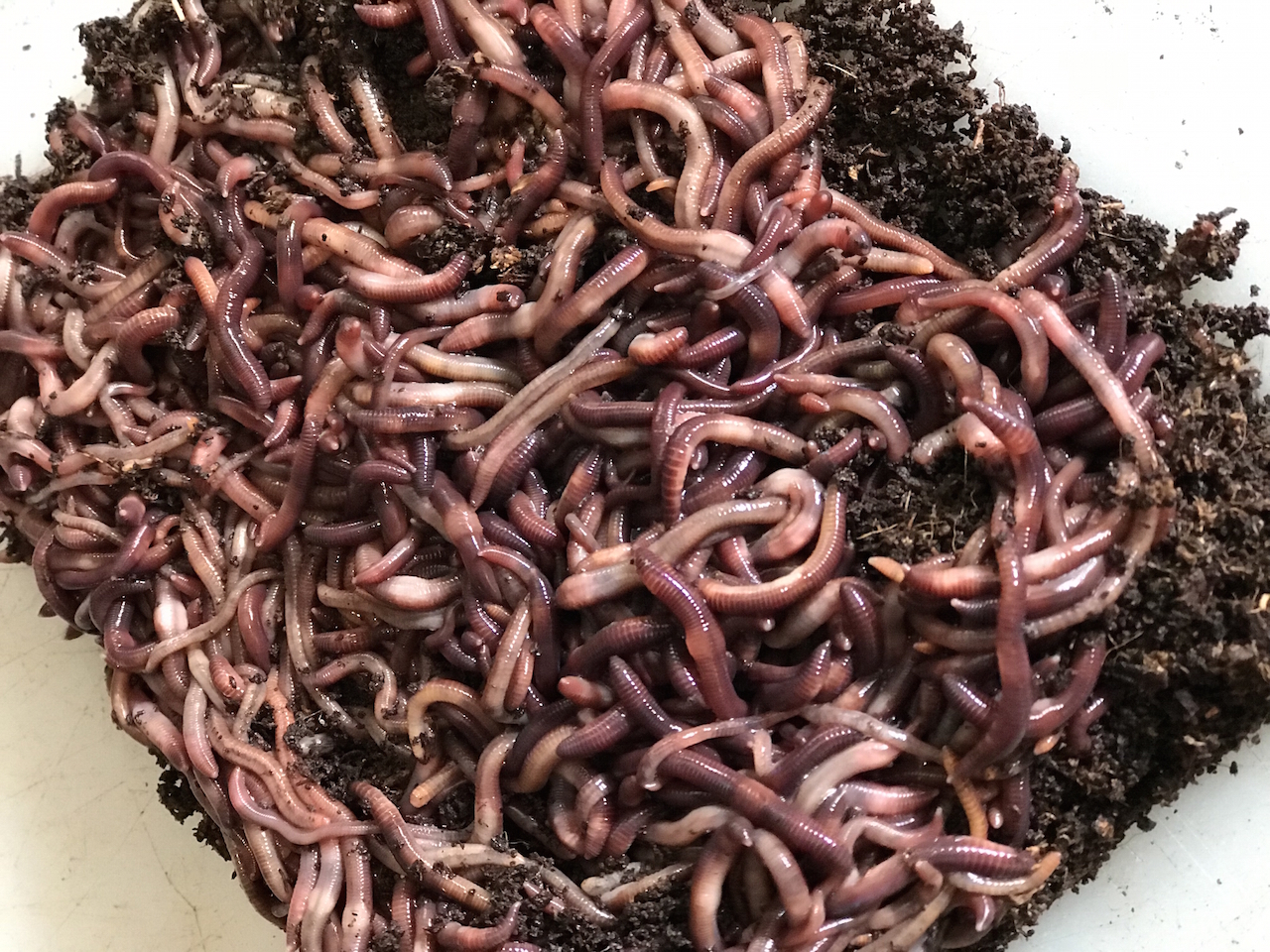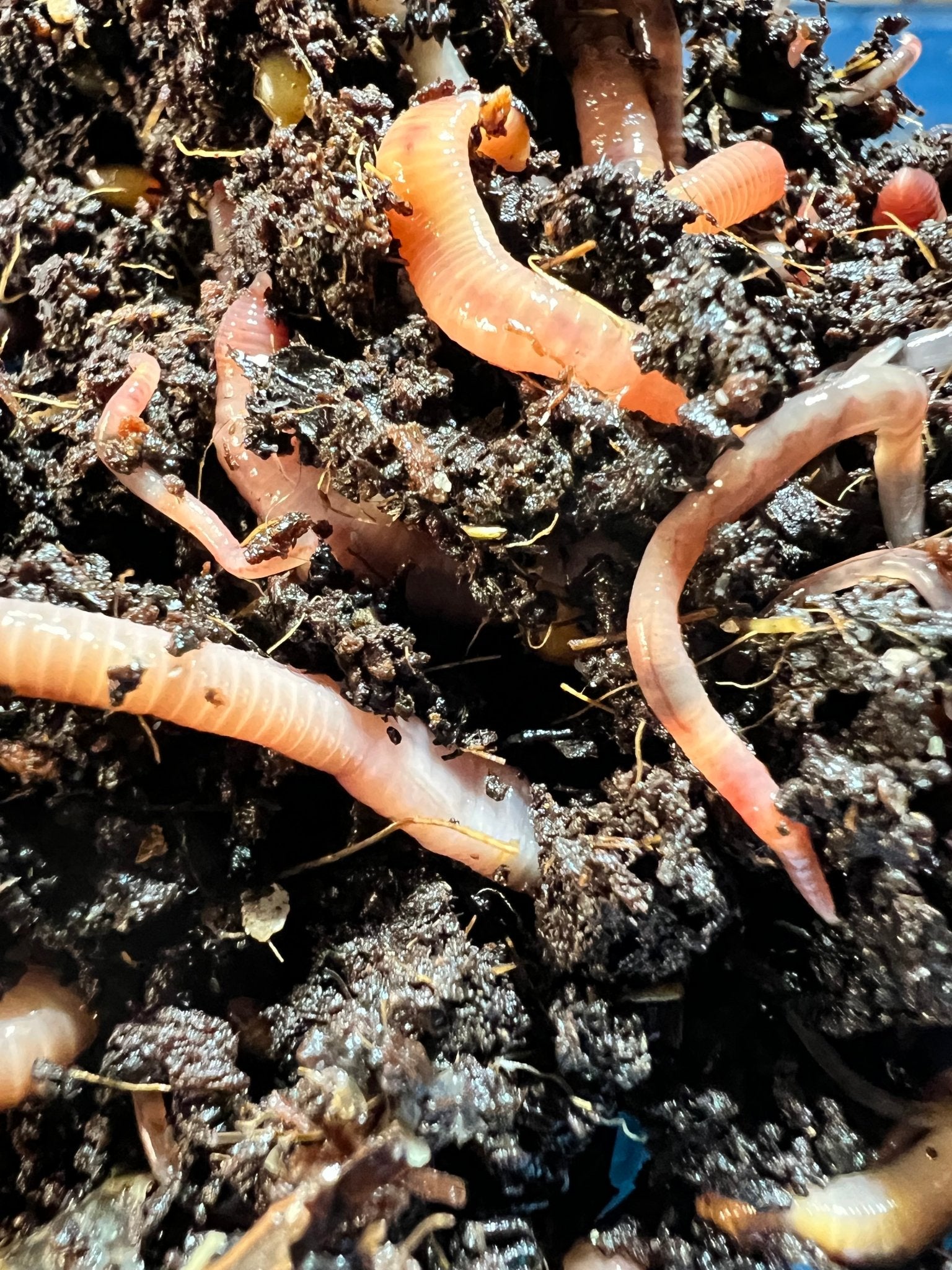Use Lake Hickory Bait for Amazing Lawn Health and Gorgeous Greens
Use Lake Hickory Bait for Amazing Lawn Health and Gorgeous Greens
Blog Article
Open the Tricks of Red Wigglers: Your Overview to Composting Success
The combination of red wigglers into composting practices provides a considerable opportunity for boosting soil health and promoting sustainability. These microorganisms are not simply efficient recyclers of natural waste; they offer a myriad of advantages that can change yard management. Understanding their demands and habits is essential for maximizing their possibility, from establishing a suitable worm container to feeding them the best materials. As we explore the essential parts of successful vermicomposting, one might question just how these tiny animals can cause an extra vivid and productive yard community.

What Are Red Wigglers?
(Lake Rhodhiss Bait)Red wigglers, scientifically called Eisenia fetida, are a types of earthworm mainly used in composting due to their exceptional capability to break down natural matter successfully. These worms are identified by their reddish-brown coloration and a fractional body, normally measuring in between 3 to 4 inches in length. Unlike other earthworm varieties, red wigglers flourish in abundant, organic settings, making them optimal for vermicomposting systems.
Native to North America, they are often discovered in decomposing leaves and compost heap, where they play a critical role in nutrient recycling. Their adjustment to staying in a moist, cardiovascular setting enables them to take in huge quantities of organic waste, damaging it down right into nutrient-rich castings that improve dirt wellness.
Red wigglers duplicate rapidly, with a single worm with the ability of generating several cocoons every week, each consisting of numerous hatchlings. This rapid reproduction rate adds to their efficiency in composting operations. They favor temperatures between 60 ° F and 80 ° F, and their activity level enhances significantly within this array, additional aiding in the decomposition procedure. Understanding the biology and habits of red wigglers is necessary for maximizing their capacity in composting applications.
Benefits of Making Use Of Red Wigglers
Utilizing the power of red wigglers in composting supplies countless advantages that improve dirt wellness and promote sustainable waste monitoring. These remarkable organisms effectively break down raw material, changing cooking area scraps and backyard waste right into nutrient-rich vermicompost. This completed product is extremely helpful for plant development, as it enhances soil framework, raises wetness retention, and improves nutrient availability.

(Red Wiggler Express)Additionally, the visibility of red wigglers in your composting system can increase the composting process, producing high-grade compost in a portion of the moment compared to standard methods. The spreadings produced by these worms are additionally including advantageous microbes that even more enrich the soil ecosystem.
Establishing Your Worm Container
Producing an effective worm container is a straightforward procedure that can significantly boost your composting efforts. The very first action is choosing an ideal container. Worm containers can be made from plastic storage space containers, wood boxes, or commercially available worm containers. Make certain the container has sufficient drainage and ventilation holes to preserve optimum dampness degrees and air movement.
Following, prepare the bed linens material, which acts as the worms' habitat. A mix of shredded newspaper, cardboard, and coconut coir functions well, offering a comfy atmosphere for the worms. Purpose for a bedding deepness of about 4-6 inches. Moisten the bed linen lightly, ensuring it resembles a moist sponge without excess water pooling at the base.

Feeding Your Red Wigglers
To ensure the health and wellness and efficiency of your red wigglers, it is important to provide them with a well balanced diet that fulfills their nutritional demands. Red wigglers prosper on a diverse selection of organic materials, which not only provide needed nutrients but likewise promote effective composting.
Start by integrating kitchen scraps such as veggie peels, fruit cores, and coffee grounds. Prevent citrus fruits, onions, and garlic, as these can be detrimental to worm wellness. Additionally, present shredded paper, cardboard, and completely dry leaves to develop a well-aerated environment.
Feeding regularity should be kept an eye on; typically, worms can eat half their body weight in food weekly. It is important to stay clear of overfeeding, as excess food can result in undesirable smells and attract parasites. An excellent practice is to include food in tiny amounts, allowing worms to process it before introducing much more.
Keeping dampness levels is also essential; the bed linens must be wet however not soggy. Last but not least, make sure to regularly check the temperature and pH levels of the container to ensure an optimum atmosphere for your red wigglers, ultimately boosting their composting performance.
Harvesting and Making Use Of Garden Compost
A successful composting procedure with red wigglers finishes in the abundant, dark compost called vermicompost, which can dramatically boost soil health and wellness and plant growth. Collecting this nutrient-dense product normally happens every three to 6 months, relying on the size of your system and the amount of raw material being processed.
To collect, carefully separate the garden compost from the worms and any type of undecomposed materials. One effective technique includes moving the materials of the bin away and including fresh bedding and food to the void, encouraging the worms to move. After a few days, the garden compost can be gathered from the contrary side.
It is important to use vermicompost correctly to maximize its advantages. By incorporating vermicompost into your horticulture program, you not only recycle natural waste but likewise produce a thriving community that sustains lasting gardening methods.
Final Thought
In recap, red wigglers offer as phenomenal allies in composting initiatives, changing natural waste right into nutrient-rich vermicompost. By comprehending the optimal conditions for their habitat, feeding requirements, and compost harvesting strategies, garden enthusiasts can boost dirt health and wellness and promote plant vitality.
Report this page